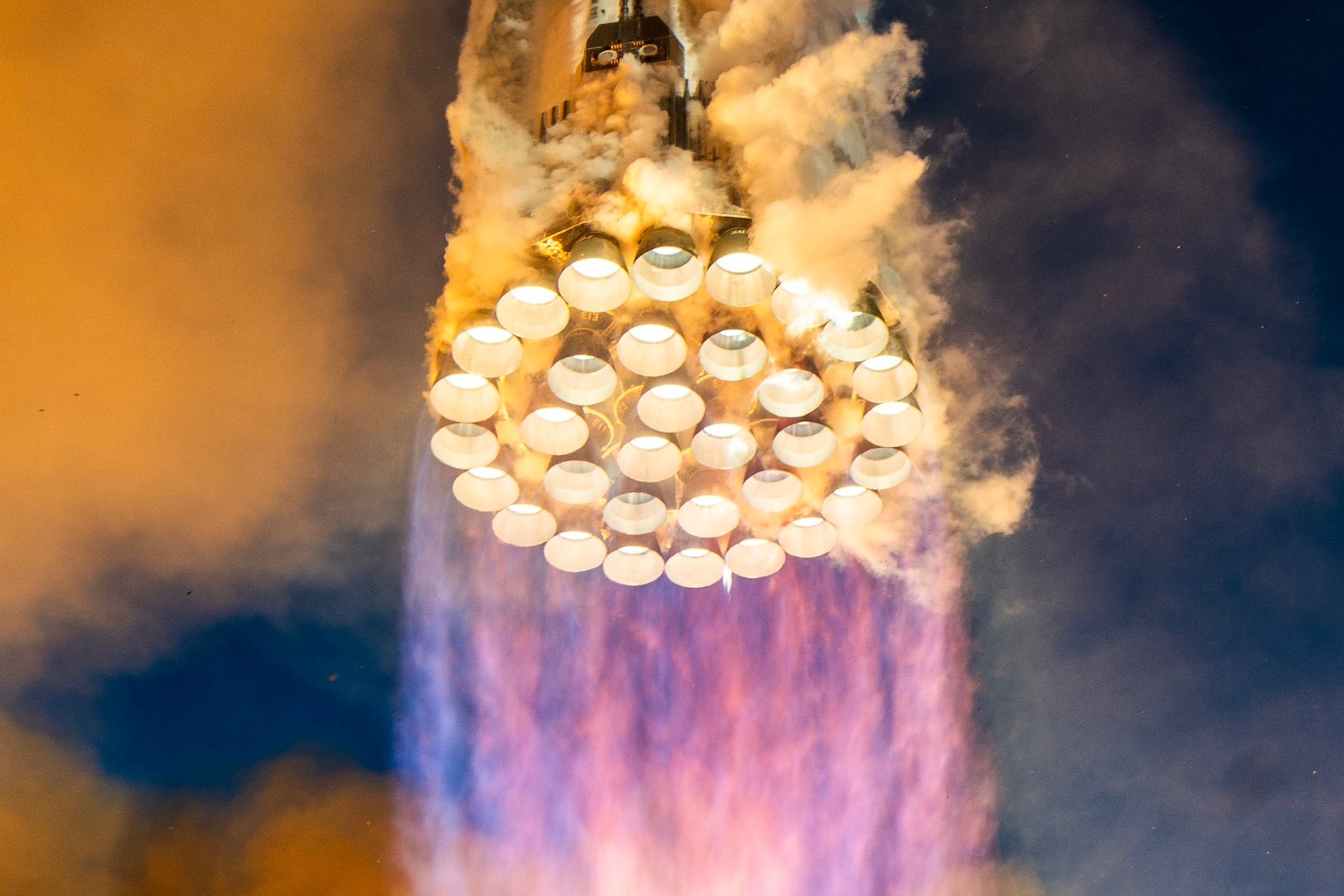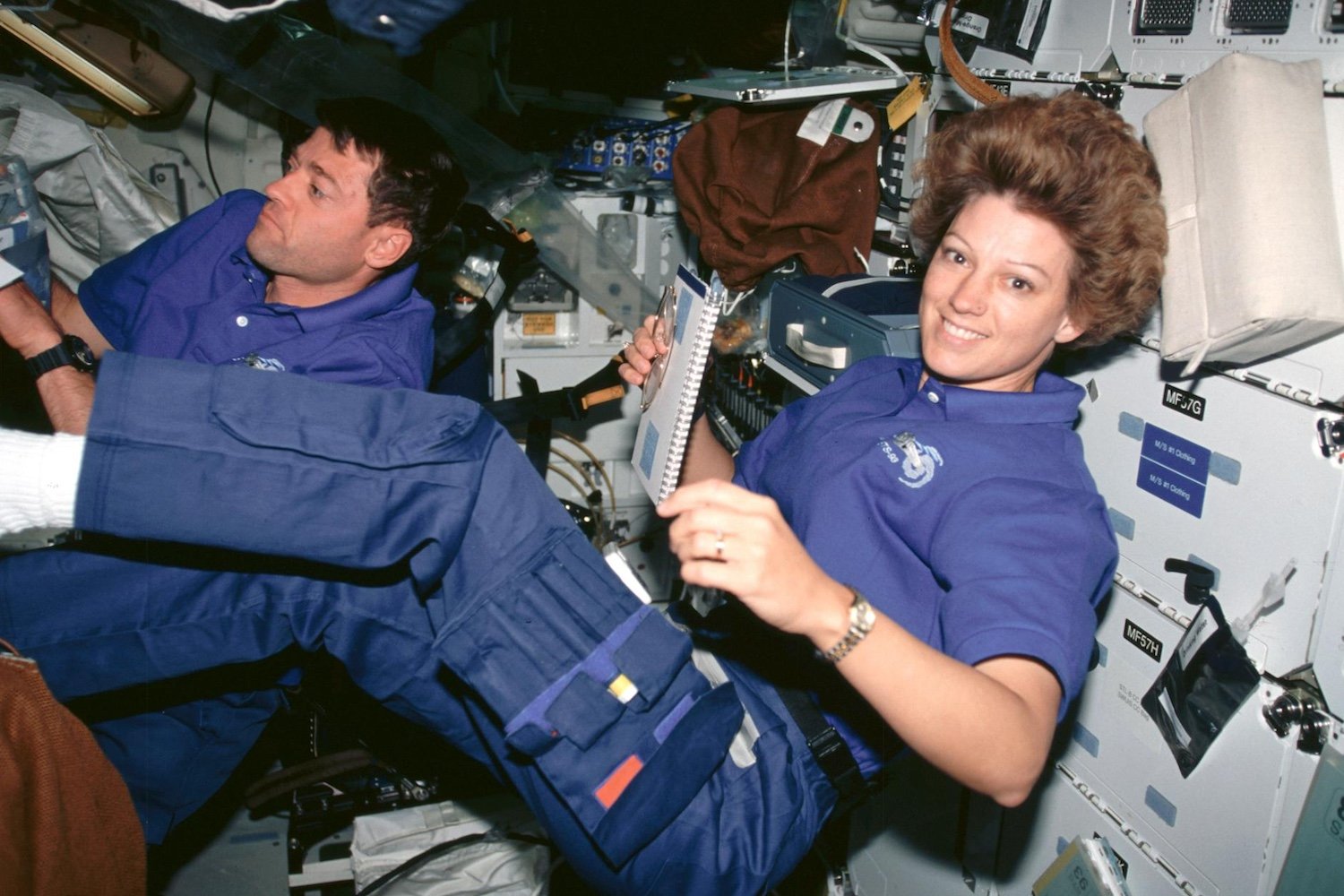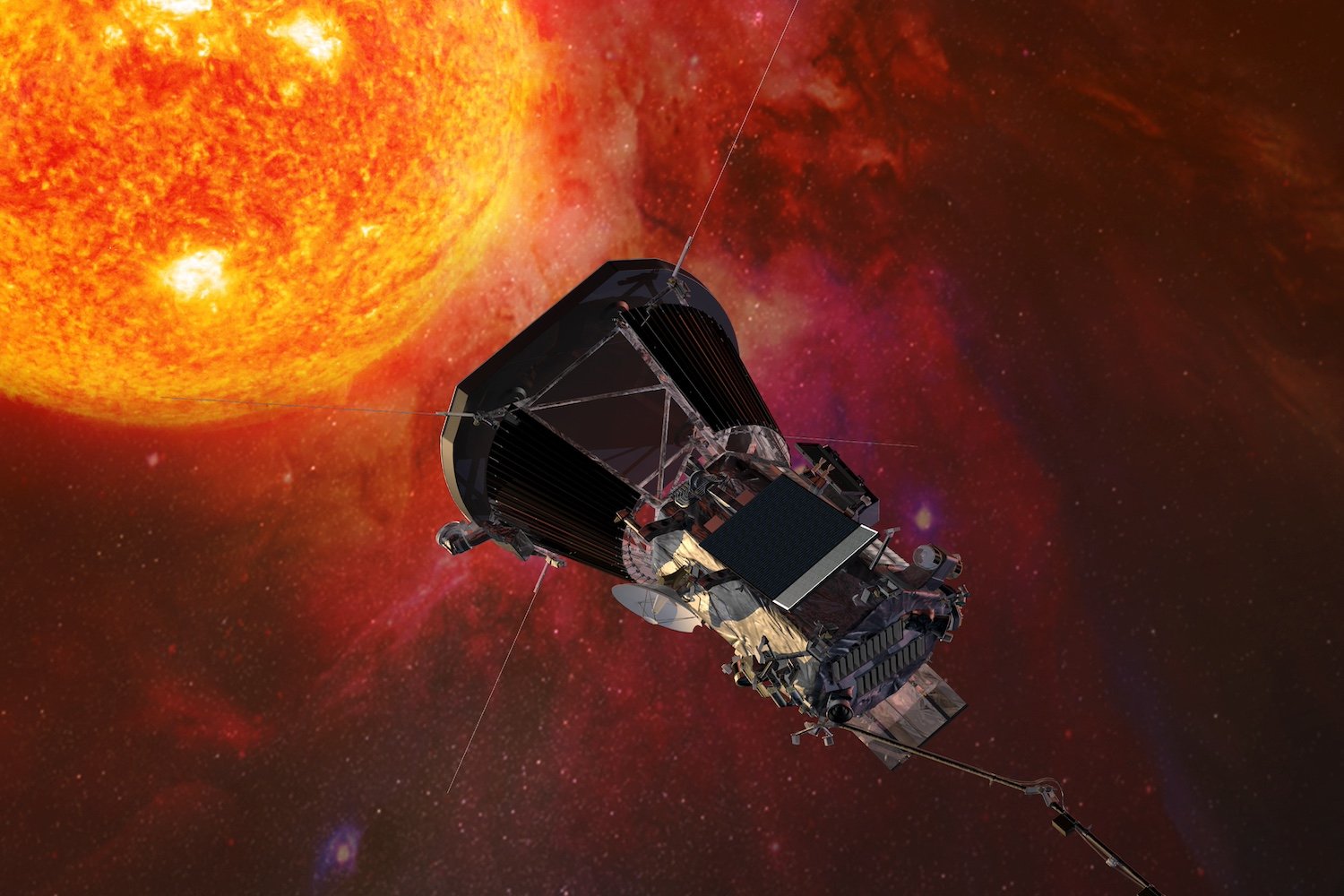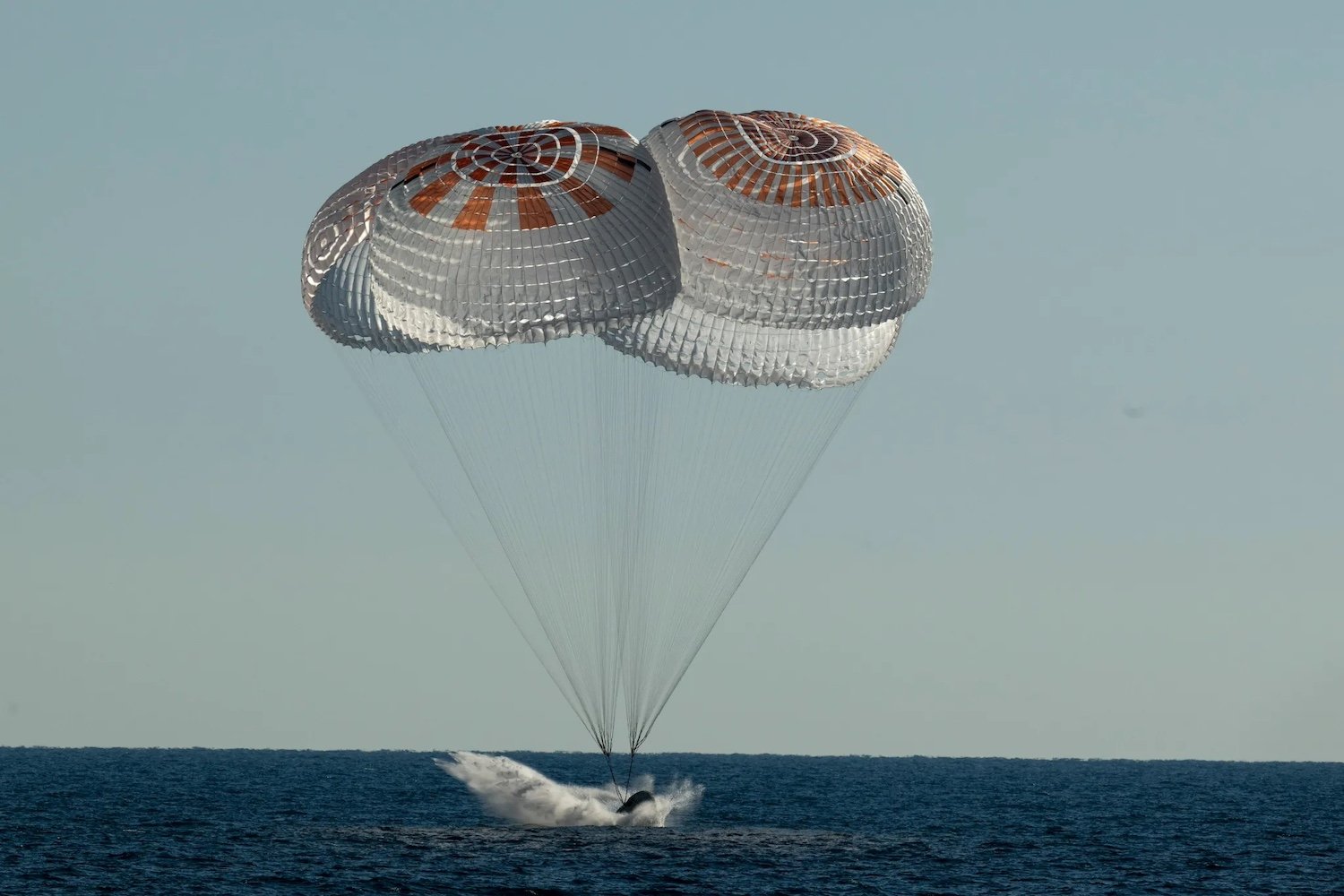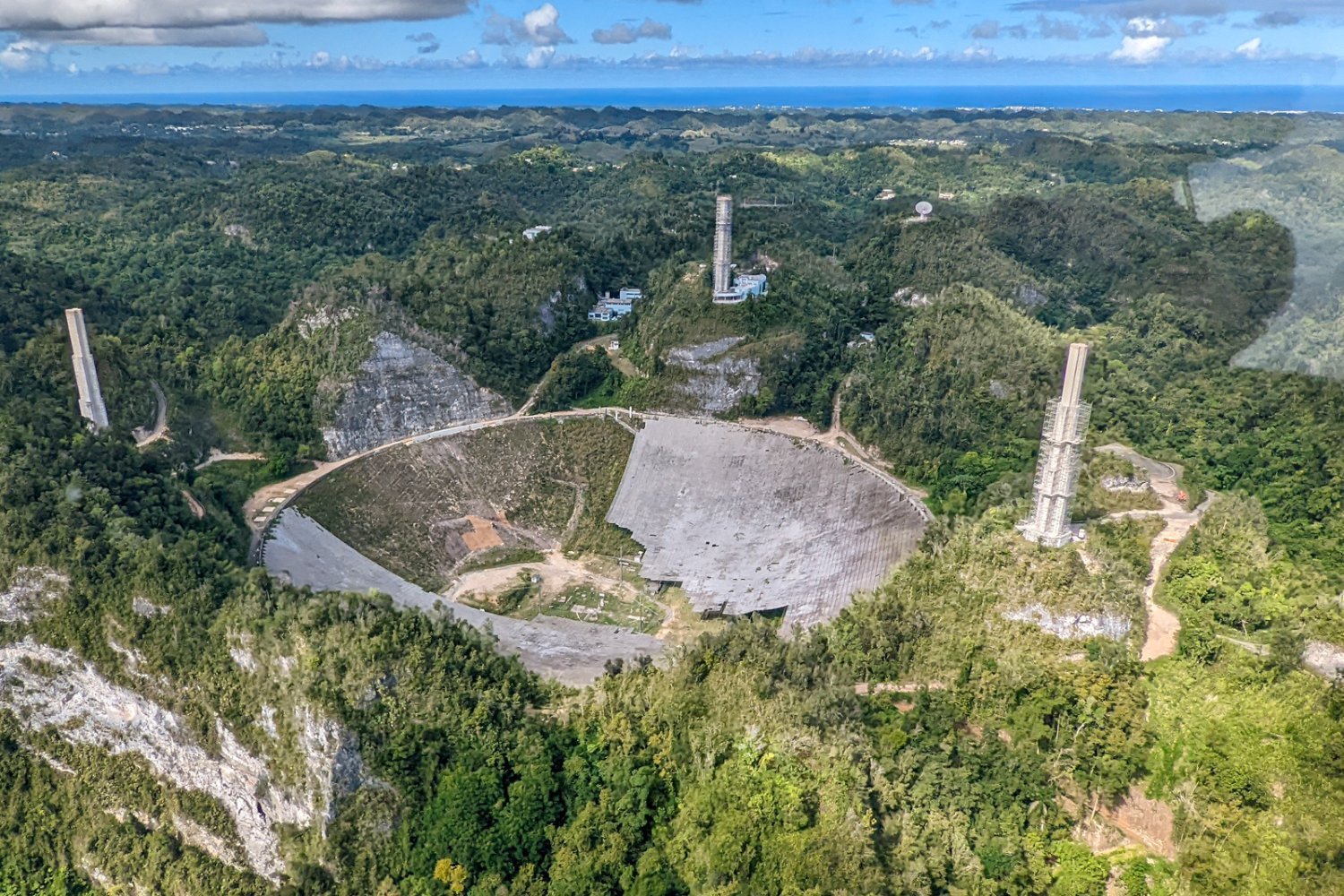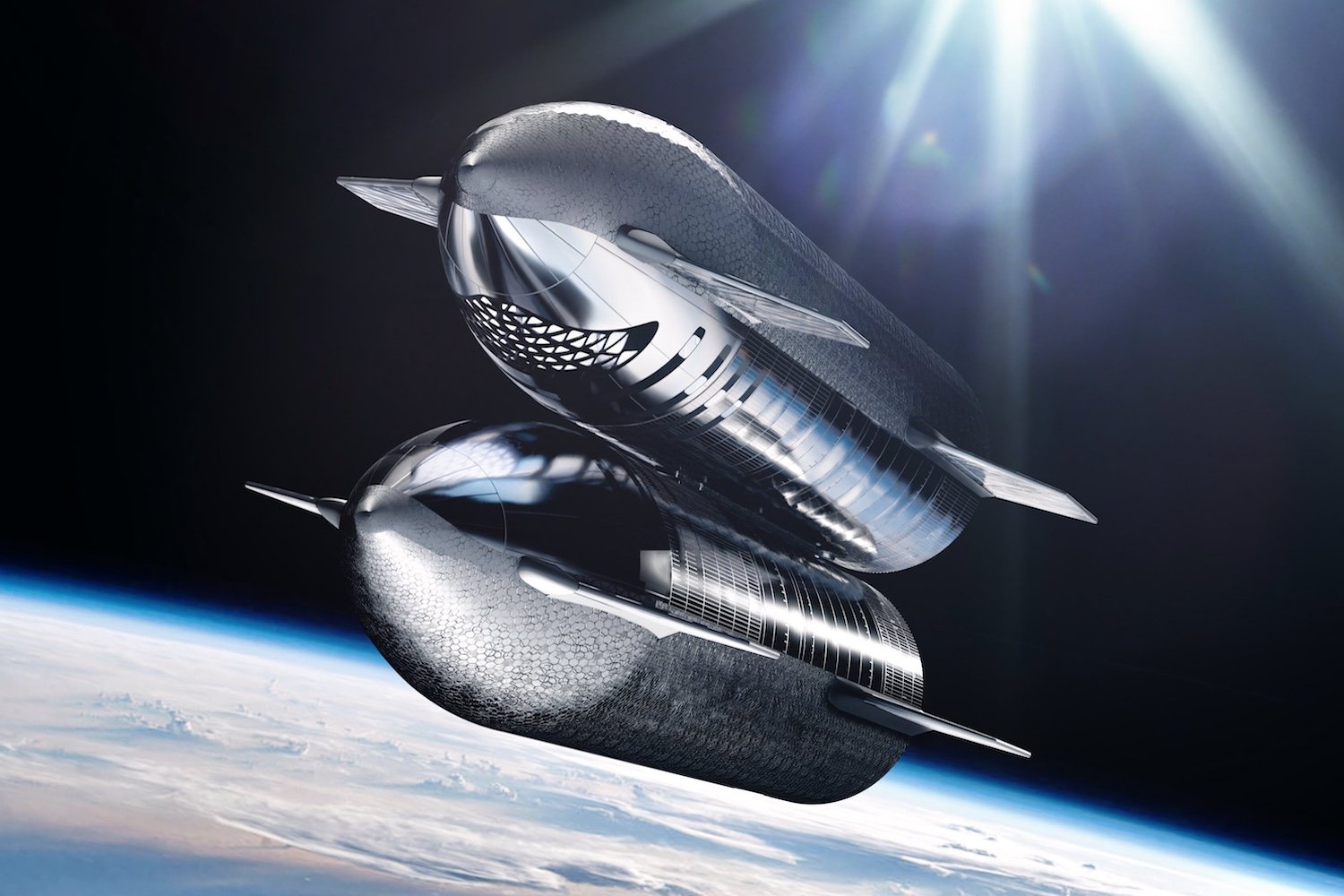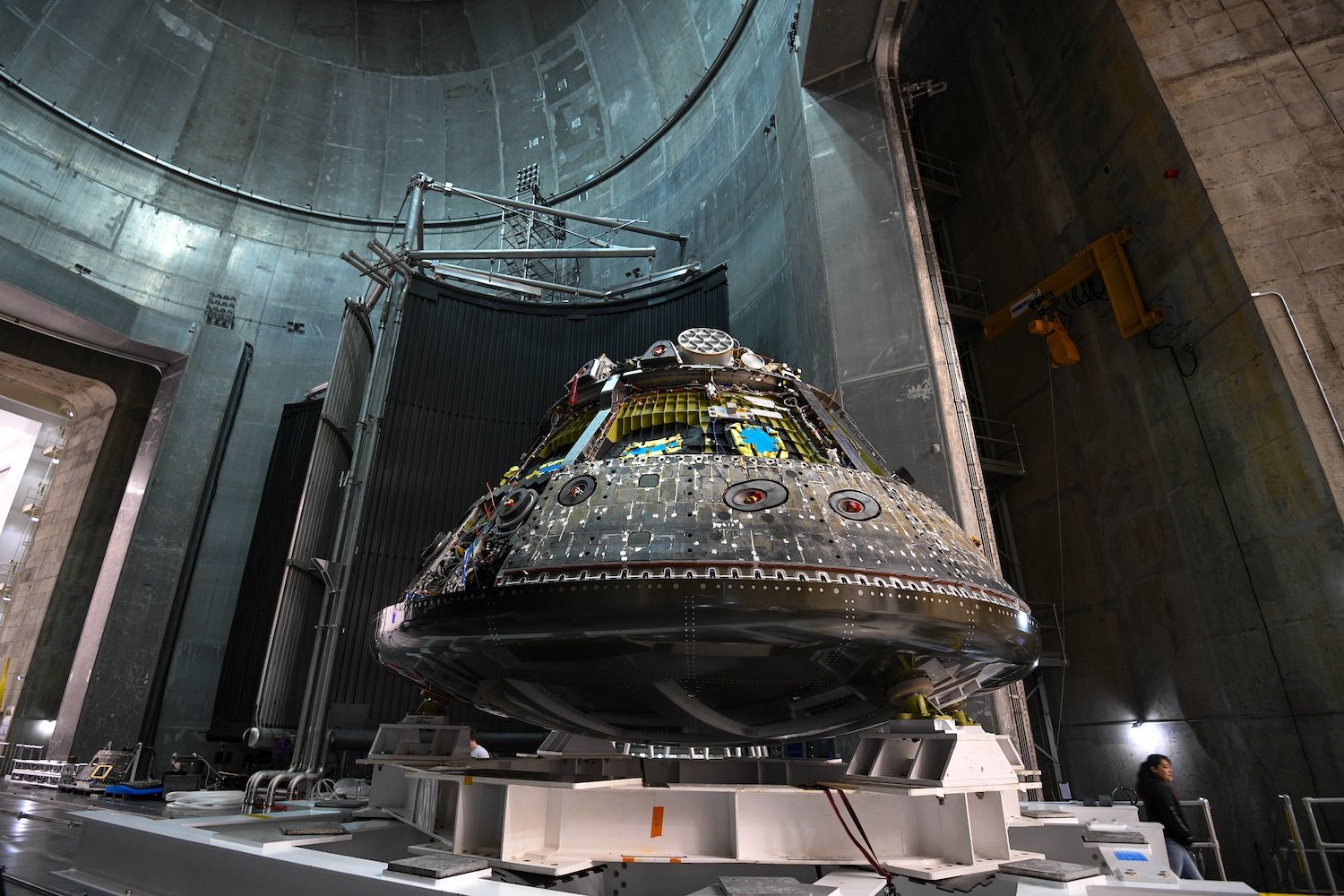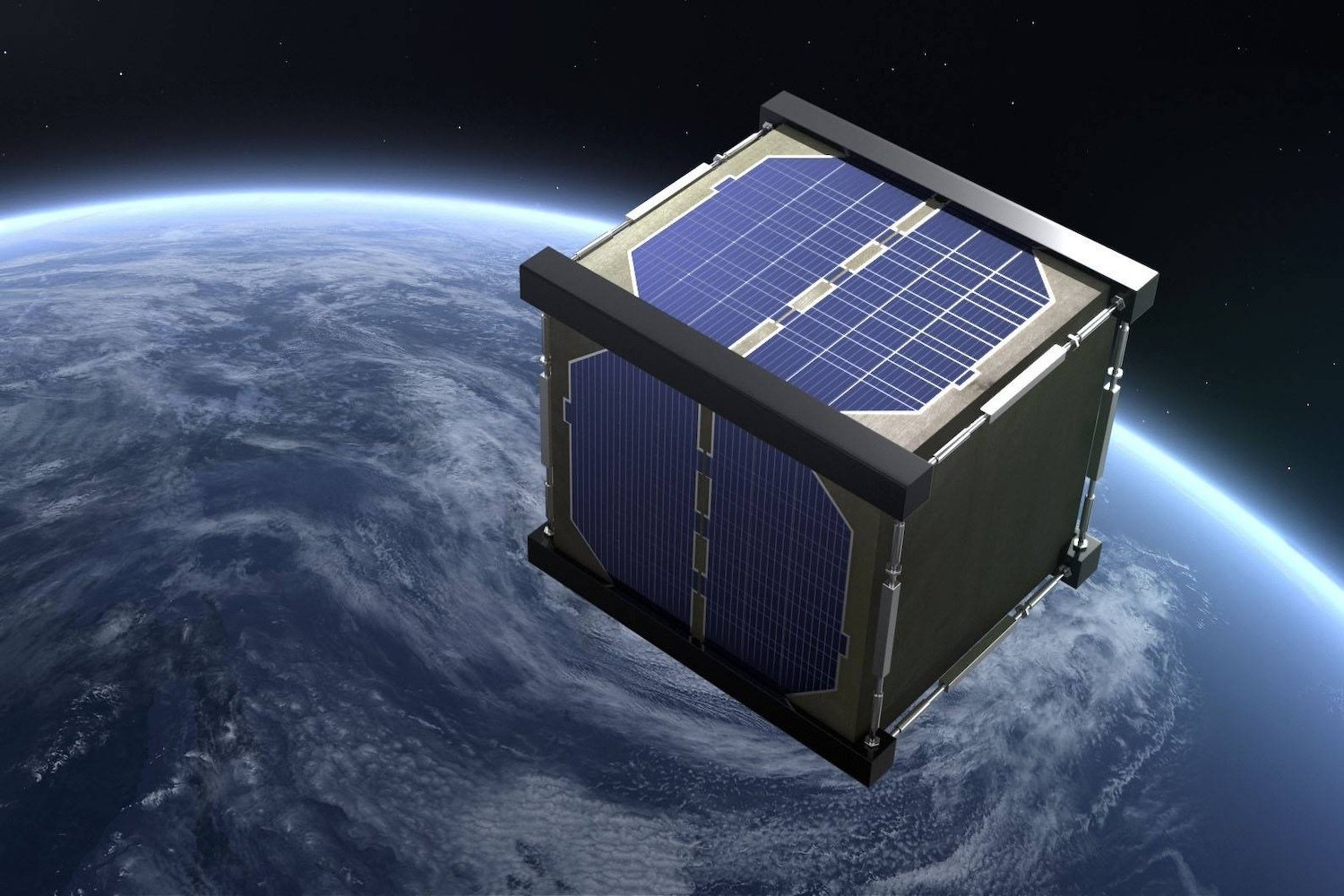SpaceX envisions a future with frequent Starship launches, targeting 100 per year. However, the sheer power of the world’s largest rocket raises concerns about the noise impact on surrounding communities. Recent research highlights the potential for structural damage from the intense sound generated during launch and re-entry.
Starship’s fifth test flight in October provided valuable data for researchers studying its acoustic profile. Measurements revealed that the rocket’s sonic boom significantly exceeds that of SpaceX’s Falcon 9 and even NASA’s Space Launch System (SLS). The study, published in the Journal of the Acoustical Society of America’s Express Letters, focuses on the potential risks to areas like Port Isabel and South Padre Island, Texas. These findings are particularly relevant considering SpaceX’s ambitious launch frequency goals.
The most recent Starship test flight, involving a burn of approximately 3,400 tons of propellant, further underscores the noise issue. The Super Heavy booster’s re-entry, controlled by 13 Raptor engines, generates a powerful sonic boom. This shock wave, created when an object surpasses the speed of sound, results in merging pressure waves. Another sonic boom occurs after the separation of the hot staging ring, a heat shield that falls back to Earth.
The October 13 test flight, a milestone for Starship’s reusability, showcased the impressive engineering of the Super Heavy booster’s controlled descent and capture by the launch tower’s mechanical arms. However, this achievement was accompanied by an immense amount of noise.
Researchers have determined that the sonic boom produced by Starship’s fifth test flight was at least ten times louder than a Falcon 9 launch and substantially louder than the SLS. The study emphasizes the need for further acoustic measurements to comprehensively assess Starship’s potential impact on nearby structures, communities, and the environment, especially given the projected launch frequency.
SpaceX has previously refuted claims about Starship’s potential threat to wildlife habitats near Starbase in Boca Chica, Texas. However, environmental organizations have filed a lawsuit against the FAA, alleging inadequate environmental review during the permitting process. The launch site’s proximity to a refuge for endangered species, including ocelots, piping plovers, and Kemp’s Ridley sea turtles, adds another layer of complexity to the environmental concerns. Past SpaceX activities have already impacted local ecosystems, raising further questions about the long-term effects of frequent Starship launches.
Elon Musk’s vision for Starship involves a rapid increase in launch frequency, aiming for 25 launches in 2025 and ultimately reaching 100 annually. With such ambitious goals, the noise impact of this powerful rocket on the surrounding environment and communities warrants careful consideration and ongoing investigation.



